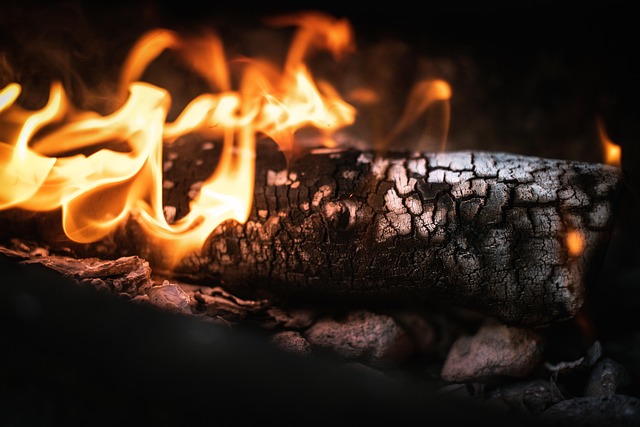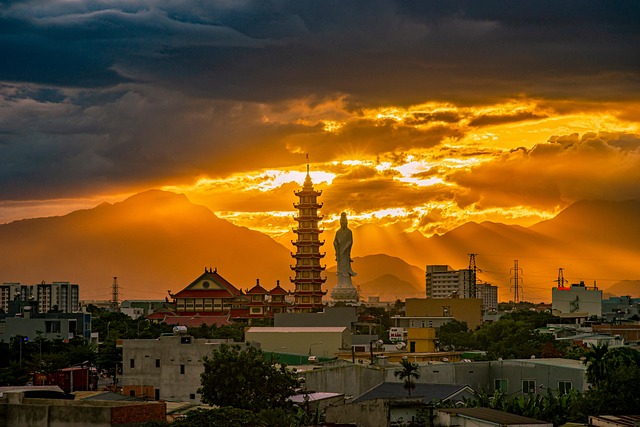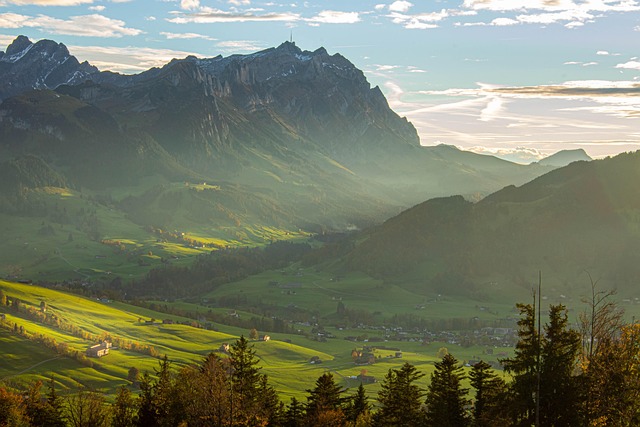Throughout history, fire has been an emblem of spirituality, renewal, and transformation in various religious traditions. As we gather around flickering flames during holidays across cultures, we discover that this sacred element evokes profound feelings and deep-rooted symbolism. Whether it’s the warmth of a bonfire at a summer solstice celebration or the gentle glow of candles during a winter festival, fire serves as a reminder of our connection to the divine and to one another.
In Christianity, fire holds a significant place, particularly during celebrations like Pentecost, when the Holy Spirit is depicted as tongues of fire resting upon the apostles. This imagery illustrates the idea of enlightenment and the igniting of faith in the hearts of believers. Similarly, the Advent season highlights the lighting of candles, which symbolize the gradual arrival of the light of Christ into the world, guiding us through the darkness toward hope and renewal.
In contrast, the Hindu festival of Diwali, known as the Festival of Lights, illustrates another aspect of fire’s sacredness. During this time, households adorn themselves with clay lamps, symbolizing the victory of light over darkness and knowledge over ignorance. The lighting of oil lamps is a deep-seated tradition that invokes positive energy and a sense of community, inviting families and friends to gather and celebrate together.
Similarly, in Zoroastrianism, fire is revered as a symbol of purity, truth, and the divine. The sacred fire in Zoroastrian temples, known as Atar, represents the presence of Ahura Mazda, the supreme deity. During the festival of Jashan, followers offer prayers and share blessings in the presence of this eternal flame, emphasizing the importance of maintaining a connection with the divine through acts of devotion.
Exploring the symbolism of fire during religious holidays not only connects us with ancient traditions but also enriches our personal experiences. The very act of gathering around fire brings warmth, comfort, and a shared sense of purpose. It is no wonder that secular celebrations, such as summer BBQs or winter bonfires, echo the same motifs of community and joy found in religious observances.
In many Native American cultures, the ceremonial use of fire is deeply spiritual. The sacred fire represents life, transformation, and the continual cycle of nature. During various rituals, fire is central to honoring ancestors and the Earth, reminding participants of their interconnectedness with all beings. When we witness the dance of flames, we are called to reflect on our own journey and the legacies that shape our identities.
As we embrace the sacred flame in our diverse religious practices and cultural traditions, we find an invitation to celebrate moments of connection, gratitude, and love. The warmth of the fire encourages us to open our hearts, rekindle bonds, and engage with the energies that surround us. Fire serves as a catalyst for introspection, healing, and transformation, inviting us to revel in life’s mysteries.
In every flicker of light and every crackle of heat, we uncover stories that bind us together, illuminating our paths with joy and insight. As we observe festivals that honor the sacred flame, let us remember that fire is not just an element but a powerful symbol of life’s enduring spirit.




